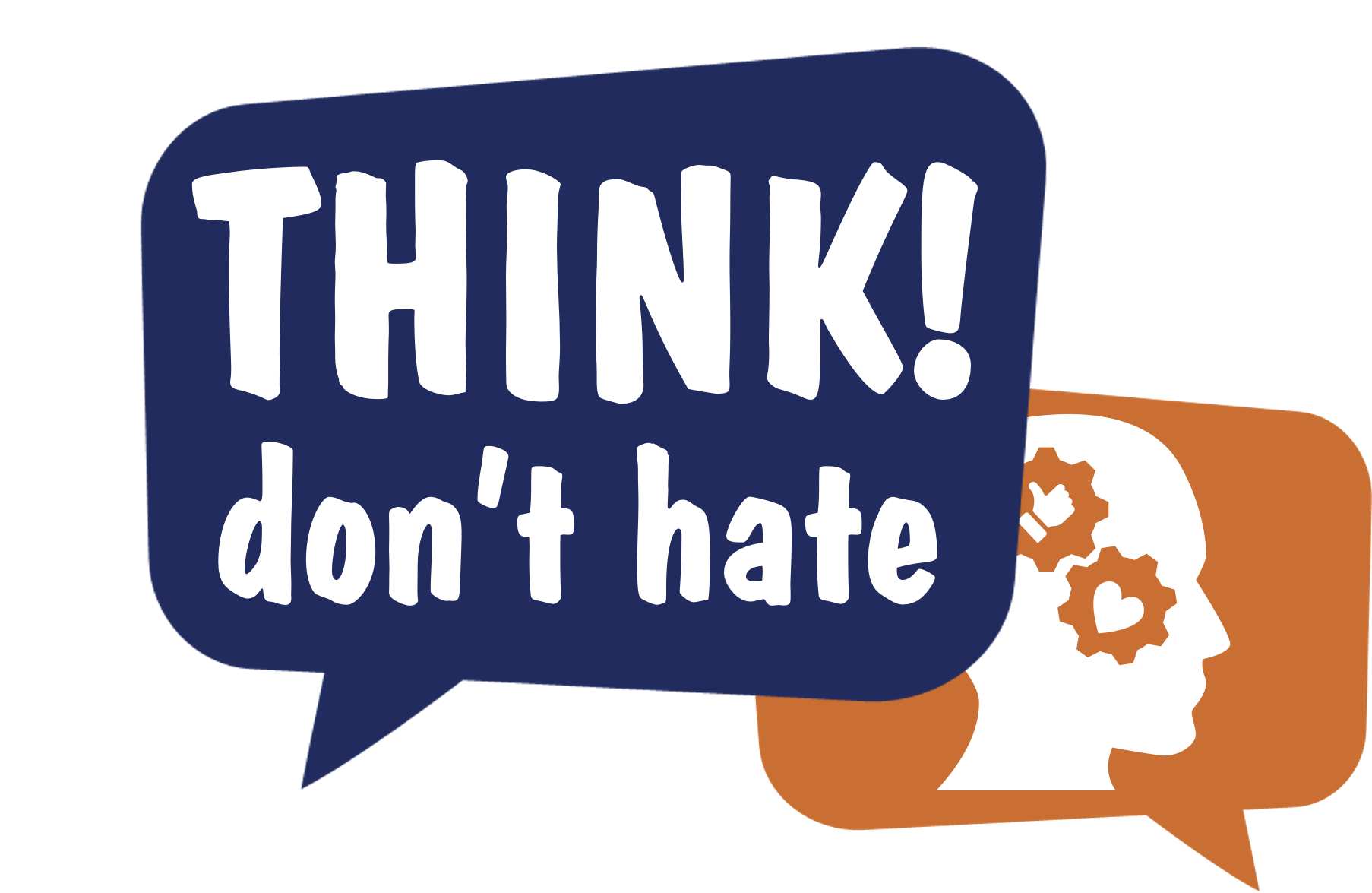
CHAPTER 3
G. Time to deal with it!
If we make some self-evaluation, for sure we have at least observed some incident of in-person or online hate speech at some point in our lives. So, how have we reacted to it? Did we recognize it immediately or only when its consequences became more obvious and the incident passed beyond limits? Were we prepared? Did we even respond at all? Here are the results of the above mentioned online research to the question:

What do you do in response to hate speech online?

If you currently belong to the majority of the respondents who stated that when facing an incident of online hate speech the simply “ignore it”, let us enlighten you with some useful steps to make yourselves more active and engaged in the fight against this brutal phenomenon! In other words…it’s time for you to become Preventizers!
STEP 1: R-E-C-O-G-N-I-Z-E
No progress can be made in anything, unless we point out the elephant in the room! Identifying hate speech online is the first step to prevent and counter this phenomenon. This task can sometimes be easy, while others it might require some deeper awareness of the phenomenon – especially when hate speech is indirect and implicit.
Example: Let’s imagine that you bump on the following post on the official social media profile of a national newspaper: “Since the refugee crisis, phenomena of violence and aggressiveness have risen significantly.”
In order to recognize hate speech, you need to question yourself over the following:
- Is this an example of hate speech?
- Is this racist or discriminatory?
- Is it hurtful, damaging or dangerous?
- Who are the victims?
- How “bad” is the expression?
Even if you are not able to respond in each and every question, it is important that you have already entered the process of dealing with hate speech, by not ignoring or passively receiving it in the first place.
STEP 2: O-P-P-O-S-E
After identifying the hateful content, it is time for some action! Being a bystander when witnessing incidents of hate speech, equals participating to the “crime” and offering more space to injustice and discrimination against vulnerable and marginalized individuals or groups of people. Wondering what you can do about it? There you go:
- Reporting: there are numerous online reporting mechanisms which can efficiently deal with cases of online hate speech. Even if you are not sure yet whether you should report a case or not, it is better to do your part, mention it and leave it up to the responsible authorities to evaluate the case.
- Responding: ignoring hate speech is not the way out! In fact it creates more room for further expansion and supports the perpetrators’ audacity to continue their harmful behavior. Therefore, react to it! Respond, offer arguments and vivid opinions against it, always respecting others rights and identities.
- Supporting the victims: if anyone needs your support and help in this process are the victims of hate speech themselves. Make it clear that you are there for them, that you support them and you would vote on their favor at any time. Victims usually need this outside power, as they tend to be insecure, lonely and with low self esteem.
STEP 3: D-E-N-O-U-N-C-E
Now, going a step further we reach to the point that something needs to be done to minimize hate speech online by directly addressing its core and denouncing it on its roots. How?
- Promoting human rights:There is no better and more powerful weapon to fight back hate speech than the one that is violated by hate speech itself: HUMAN RIGHTS! This approach can develop empathy and respect for others, as well as encourage active participation and a sense of individual agency.
- Promoting alternative narratives: Sometimes it is more crucial to focus on the things we are “for” than those that we are “against”. Proposing alternative proposals in the long term and applying a positive approach, can help in the process of minimizing negative and hateful narratives by altering the mindset of the actors involved. Challenging, but definitely worth it!
STEP 4: D-E-C-O-N-S-T-R-U-C-T
Finally, it is not less important to be able to understand how/why some hateful content was created in the first place. In order to do this we need to break the content down into smaller parts –which are usually ideas, and explore the path they have followed in order to result in a form of hate speech. This is not an easy task, though maybe the following guiding questions might be useful in the process:
- What is the intention behind it?
- What is the relationship between text and meaning?
- Is the language in purpose to hurt others’ feelings(especially in ideal concepts such as truth and justice)?
No matter how easy or hard one may consider this process of dealing with hate speech, it will definitely lead to some positive shift in us as a individuals and in society in general. TRY IT IF YOU DARE!